Features
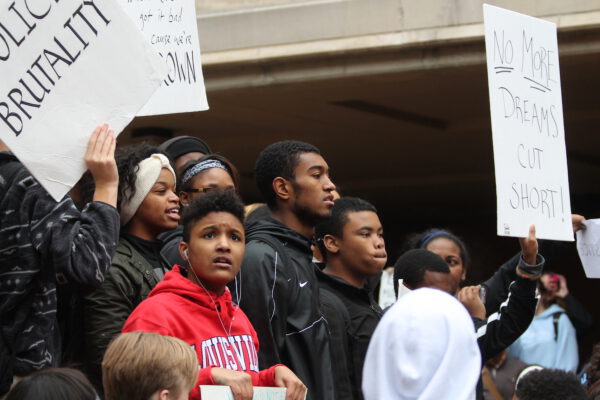
Stop Counting and Start Courting: The Role of a Chief Diversity Officer
Nicole Roach, chief diversity officer at Webster University, writes that you can spend as much money as you want to recruit a more diverse student body and faculty. But if your institution does not practice inclusion at all levels, they will eventually leave for an institution that does.
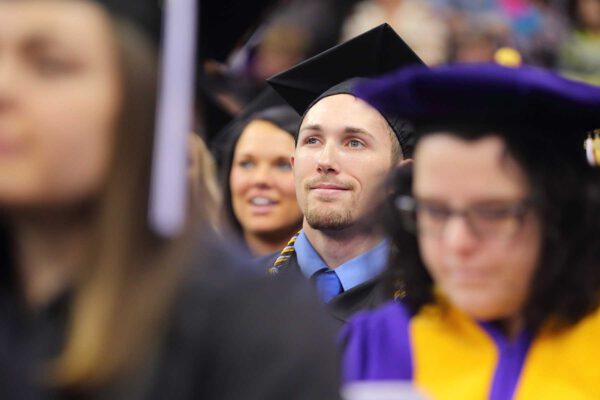
Live Like a Student: UNI’s Financial Literacy Strategy Reduces Student Debt
The University of Northern Iowa has decreased student debt upon graduation by an average of $3,300 per borrower since 2010. President Mark Nook discusses the cornerstone of that success—Live Like a Student, the university’s counseling and financial literacy program.

Pan-Asian Student Classifications in Higher Education: What the Data Do and Don’t Tell Us
In supporting an inclusive campus environment at colleges and universities, Asian Americans are an often-overlooked part of the equation. But as demographics shift, institutional policies and practices need to address the complexity of populations that fall under pan-ethnic categorizations such as Asian American.
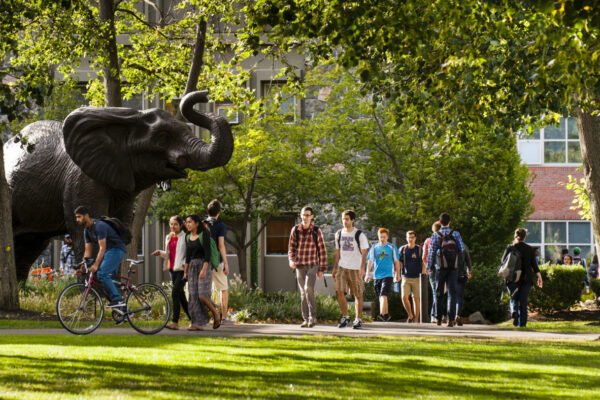
Big Data on Campus
As drivers of social mobility, economic growth, and community development, U.S. colleges and universities have long been regarded as among the best in the world. However, some stakeholders have begun to question whether that will remain true in the future. Can the better use of data help?
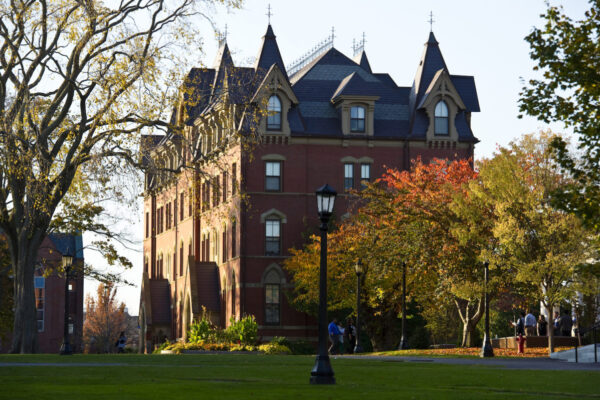
The AGB Guardians Initiative: Engaging the Public on the Value of Higher Education
College and university trustees—often focused on their fiduciary responsibilities and the success of their own institutions—traditionally have not been engaged in the national discourse about the enduring contributions of higher education to the advancement of both individuals and our nation as a whole. The AGB Guardians Initiative aims to change that narrative.
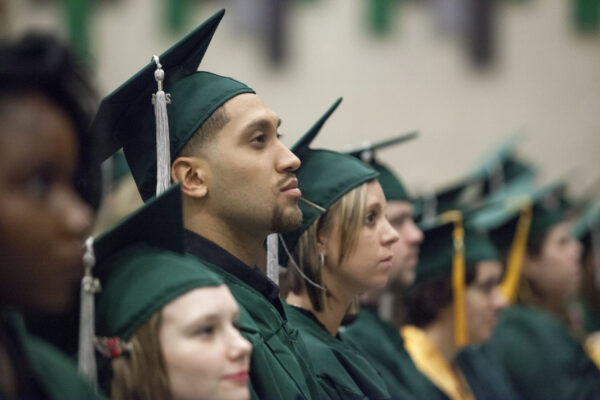
Foster Care Youth and Postsecondary Education: The Long Road Ahead
Between 20,000 and 25,000 young adults age out of foster care each year. While they face a wide range of challenges, a college education is as important to them as it is to other young adults. Amy Dworsky of the University of Chicago looks at the challenges they face.
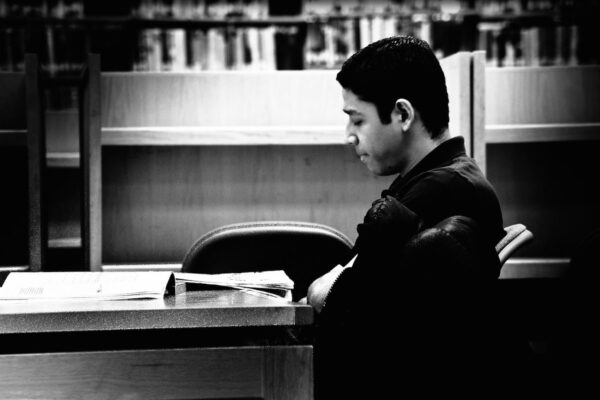
The Time Is Now for Congress to Protect Dreamers
There is bipartisan support in Congress for legislation providing permanent protection for Dreamers and for passing such a measure by the end of the year. Contact Congress now to make your voice heard on this vital issue.
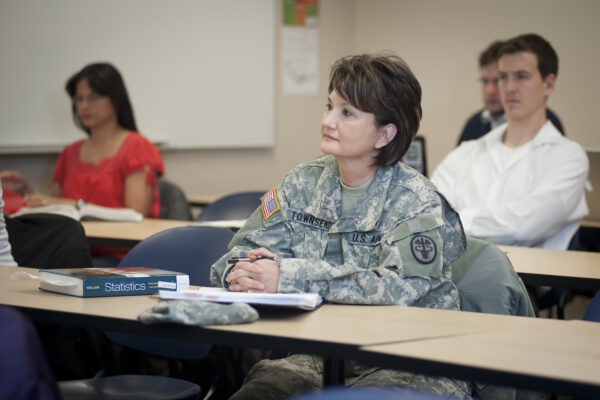
Serving Post-traditional Learners
What do we know about post-traditional learners, and how can we better help them earn the higher education credentials they need to succeed? Jonathan Gagliardi and Louis Soares on the results of a new ACE report, The Post-traditional Learners Manifesto Revisited.
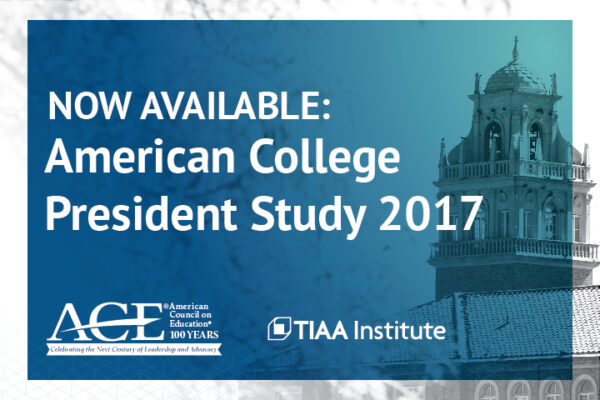
The Evolving Nature of the College Presidency
While rewarding, being a college president has always been hard work. Today, environmental and industry pressures have converged to make leading an institution more complex than ever before. Jonathan Gagliardi looks at ACE’s recent report, the American College President Study 2017, and the future of the presidency in the 21st century.
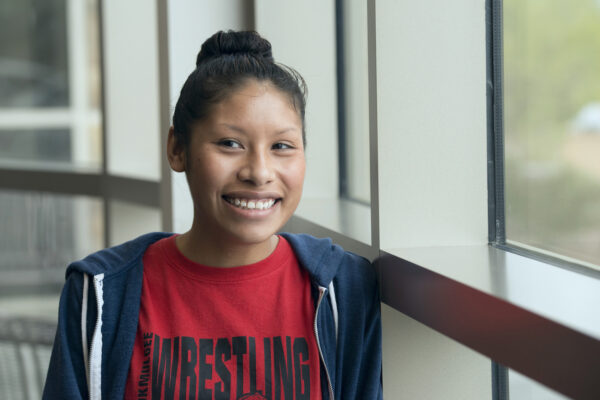
Moving Away From Data Invisibility at Tribal Colleges and Universities
The invisibility of Native American perspectives—those of Native students, researchers and their communities—continues to plague higher education, despite numerous calls for action from educational advocates across the country. Christine Nelson of the University of Denver considers what can be done to solve this problem.
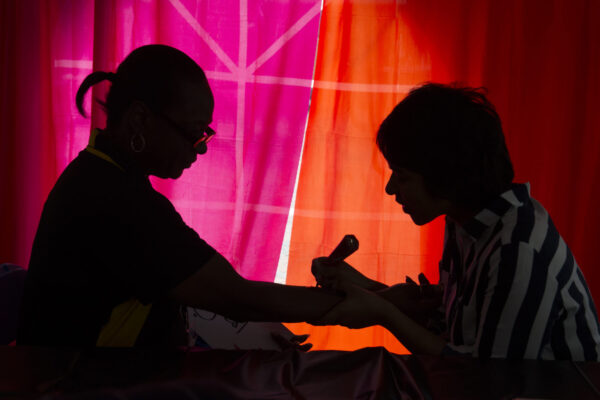
Intercultural and International: Student Leadership Exchanges at VCUQatar
Valerie Jeremijenko, assistant dean for Student Affairs for Virginia Commonwealth University School of the Arts in Qatar (VCUQatar), discusses developing women’s leadership programing in the Middle East.

Gender Identity and Global Assignments: Lessons From My Time in Korea
Drawing on her time as chief operating officer of George Mason University Korea, Gbemi Disu shares how to effectively lead an international institution.